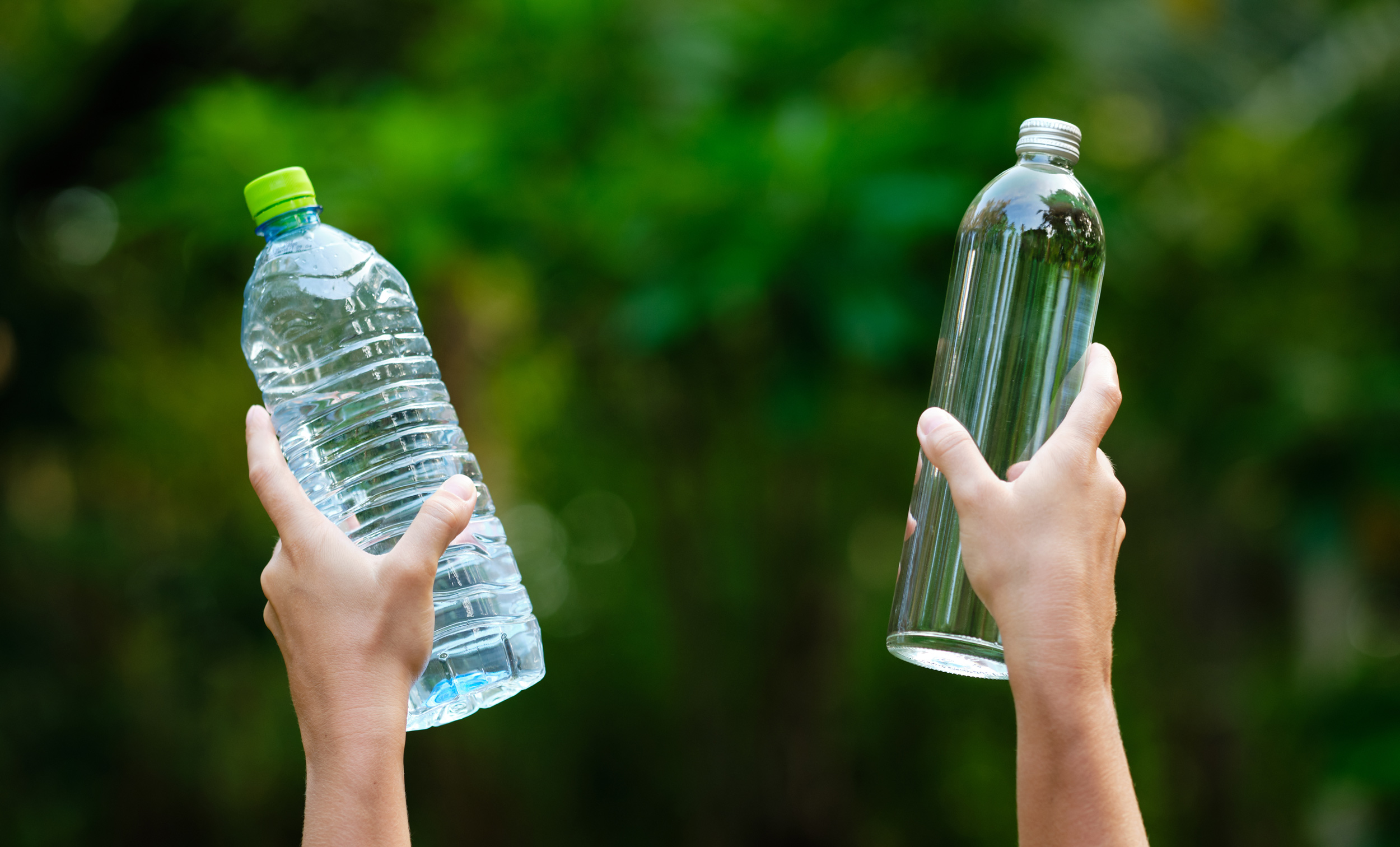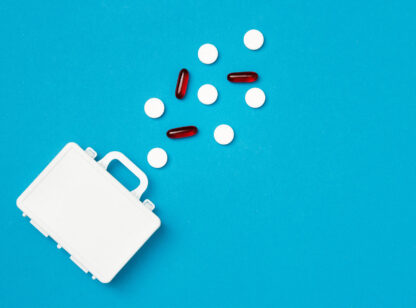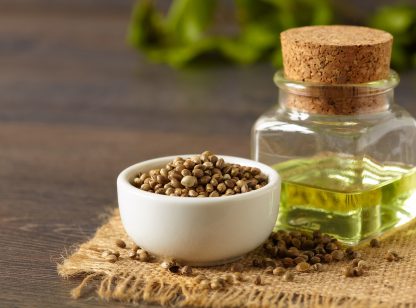With temperatures rising in the Coachella Valley, it’s important to stay hydrated. Drinking enough water — at least 60 oz per day — is critical in this regard. But just as important as how much water you drink is the container from which you drink.
The convenience of bottled water has helped Americans increase their consumption, but drinking from plastic comes with negative effects on human health and, as we’ve all seen, the environment.
Reusable water bottles are recommended over disposable containers and there are plenty of choices in the market. Below are pros and cons for various types you may be considering.
Plastic is lightweight, cheap, and versatile. Unfortunately, however, plastics leach endocrine-disrupting chemicals into the water you’re drinking, and this hazard increases when the plastic is heated (i.e., left outside during the distribution process or your car). Heat allows small particles to contaminate the water through direct contact and vaporization. If you must use plastic, avoid bottles with #3 and #7 recycling labels as these contain BPA, a chemical which has been banned from use in baby bottles and thermal paper receipts.
Aluminum is lightweight, making it a popular choice for backpackers. However, aluminum is not a food grade metal, meaning that trace amounts of heavy metals are mixed into the finished product. Therefore, aluminum vessels require a liner, which is likely made of plastic and subject to the hazards mentioned above. It can be difficult to clean the corners of the liner, and odors and flavors cling to it, making the taste of your water unpleasant if you’ve had other beverages in the container.
Glass is dishwasher safe, has no adverse health effects, and does not retain taste or smell. On the downside, glass is heavy, making it best for times you don’t have to carry your water, such as when you’re engaged in desk work. Glass breaks easily, so manufacturers often encase their bottles in silicone sleeves to offer a buffer. You may also need an external insulating sleeve or your beverage will not stay cold.
Stainless steel is very durable. A steel bottle can last a decade, but it dents easily, which detracts from its appearance. Stainless steel has no known health risks as long as the bottle is made of food grade metal known as 304 or 18/8, making it safe at any temperature. Stainless steel transfers heat, so it can burn when containing hot beverages. Manufacturers make consumer-safe double-walled vessels with vacuum insulation to solve this problem (best to hand wash). It also prevents condensation on the outside of the bottle when cold drinks contact warm air.
Silicone is a man-made product considered non-toxic and composed of silica from sand, carbon, hydrogen, and oxygen. It withstands freezing and heating, and doesn’t leach or off-gas chemicals. Because it is heat-resistant to 500 F, you can sterilize your water bottle by boiling it. Silicone has a soft, rubber-like texture and is available in collapsible designs that fold or roll up. This type of product is a good choice for putting in your carry-on bag when traveling and filling up at water stations in the airport.
In my opinion, reusable silicone water bottles are the most versatile and safest option for on-the-go summers in the desert.
Dr. Needle is a licensed naturopathic doctor with Optimal Health Center in Palm Desert and can be reached at (760) 568.2598.
















































Comments (0)